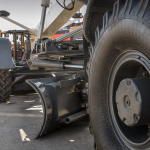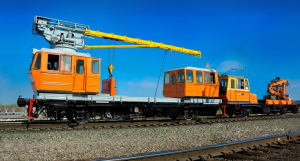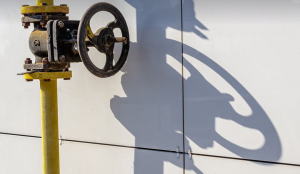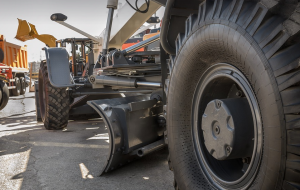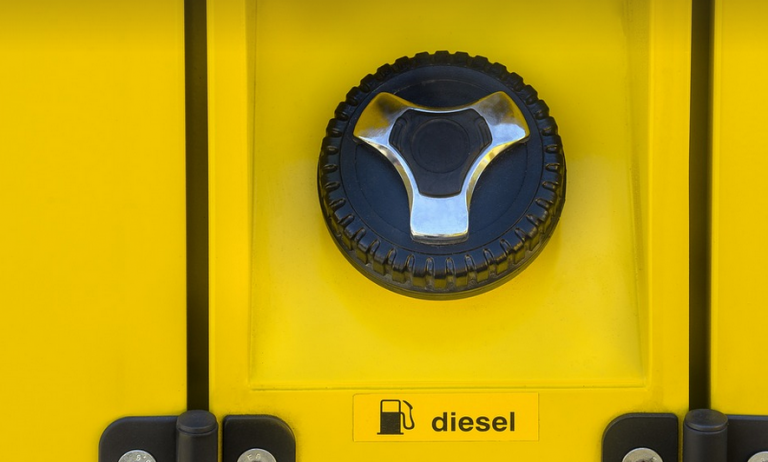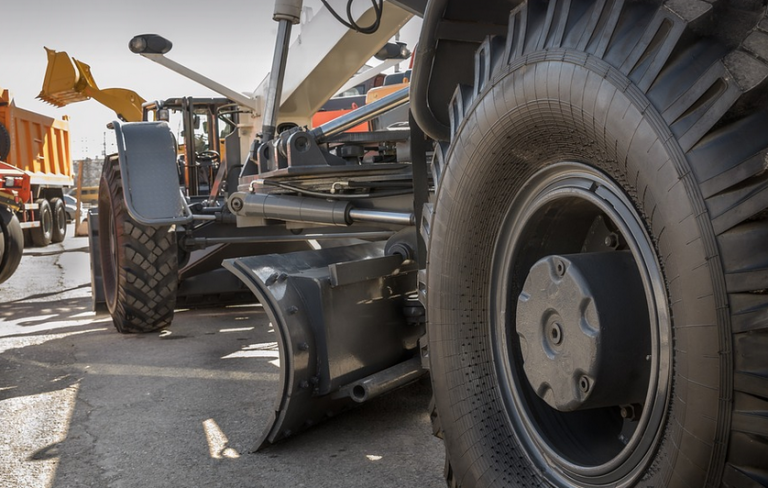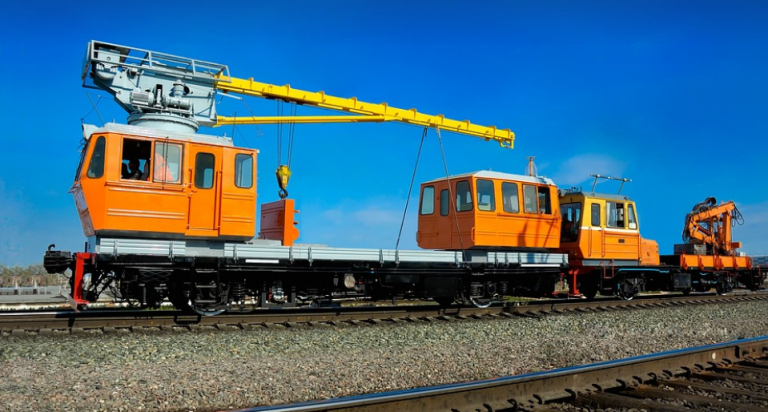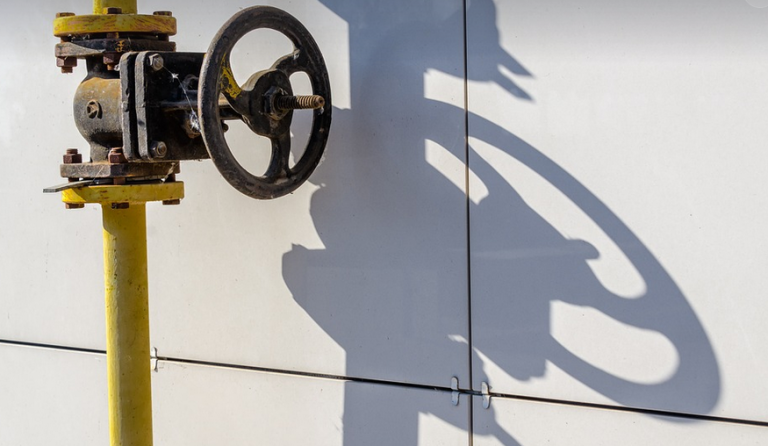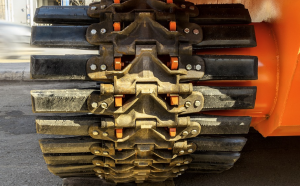A Primer on Aluminum Welding
Welding aluminum might seem daunting, but it’s a skill worth mastering if you’re working with this versatile metal. Aluminium is incredibly lightweight yet strong, making it perfect for applications ranging from airplanes and automobiles to boat hulls and architectural structures. However, its unique properties require specific techniques and tools when welding compared to other metals.
The key to successful aluminum welding lies in understanding the challenges this metal presents:
- Aluminum’s high thermal conductivity means it heats up quickly during welding. This demands precise control of heat input and a faster cooling process.
- Aluminum tends to oxidize readily, leading to slag formation and a compromised weld joint.
- Aluminum is known for its low melting point, which can lead to uneven welds if not carefully managed.
Getting Started with Oxy-Acetylene
Oxy-acetylene welding, also known as the “torch” method, remains a popular and versatile choice for aluminum welding due to its affordability and ease of use. This process involves the use of a specialized torch that burns oxygen and acetylene fuel to create a high-temperature flame for melting and joining metals.
To get started with oxy-acetylene welding for aluminum, you need to acquire the right equipment:
- **Oxy-Acetylene Welding Torch:** This is your primary tool. It has a handle containing oxygen and acetylene gas lines that deliver the flame to your work piece.
- **Cylinder of Oxygen Gas:** You’ll need an oxygen tank to create the oxidizing agent for the flame.
- **Cylinder of Acetylene Gas:** This is also essential to create a high-temperature flame.
- **Welding Wire or Electrode:** This will be added to your weld depending on the type of weld you are creating, with different metals needing different welding methods.
- **Safety Gear:** Safety gear is crucial for any welding process. Always wear a welding helmet, leather gloves, and fire-resistant clothing.
The Art of Tacking Aluminum
Tacking is the initial step in building your weld joints. It involves creating small, temporary welds that help to hold the metal pieces together before finally joining them permanently.
This step is crucial because it allows for:
- **Precision Alignment:** Tack welding ensures you have a solid starting point for the main weld, so your final job is precise and well-aligned.
- **Heat Control:** Tack welding helps to control heat input during the main welding process, making it easier to manage the aluminum’s sensitive temperature.
Welding Aluminum: The Basics You Need
Once your pieces are tacked together, you’re ready for a more permanent weld. Here are some general steps to follow for welding aluminum:
- **Preheat the Metal:** Before you begin welding, preheat the aluminum pieces using an oxy-acetylene torch or heat gun to make it easier to melt and weld.
- **Start Welding:** Begin by applying a bead of molten metal from your torch. The exact technique depends on the welding style you’re aiming for; this can be done with either gas-shielded (welding wire) or non-gas shielded techniques.
- **Control the Heat and Flow:** Always maintain a steady flow of heat to prevent uneven welds, which can happen when starting your weld.
- **Maintain Control:** Use proper techniques such as overlapping the torch for effective welding. This helps you create a smooth, continuous bead that looks professional.
Tacking Aluminum: A Guide to Success
Tack welding is a crucial step in aluminum welding, primarily because of the metal’s tendency to oxidize easily. It plays a critical role in creating sturdy weld joints and ensuring stability during further processing.
Here are some key points to keep in mind when tack welding aluminum:
- **Preheat and Alignment:** Before you begin, ensure the metal pieces are preheated and aligned for a seamless tack weld.
- **Precision Welding:** The goal is to create small welds that hold your aluminum pieces in place before moving on to full welding. Aim for short, focused bursts of heat to prevent unevenness.
- **Use the Right Techniques:** There are different tacking techniques depending on the desired weld joint. These include fillet welding, butt welding, and corner welding; each requires a specific approach based on your metal’s orientation.
Post-Welding Care
After you complete your aluminum welding project, follow these steps to ensure a long-lasting, professional finish:
- **Cool Down:** Remove the welding torch and allow the workpieces to cool down naturally. This prevents thermal shock which can damage the weld.
- **Cleaning:** Gently clean the welded area with a wire brush or scraper to remove any slag, dirt, or debris that might hinder the finish.
- **Inspect for Imperfections:** Once cooled, inspect your welds for any imperfections. If you see unevenness in the weld bead, reheat and rework them until you achieve a seamless, smooth joint.
- **Surface Preparation:** You might need to sand down rough edges or add a protective coating depending on the project’s requirements.
Safety First in Aluminum Welding
Aluminum welding is no exception to the importance of safety. Your health and well-being are paramount, especially when working with high temperatures.
Here are some essential safety measures for aluminum welding:
- **Wear Proper Gear:** This includes a fire-resistant welding helmet, leather gloves, safety glasses, and sturdy work boots to prevent burns.
- **Ventilation:** Ensure adequate ventilation by working in well-ventilated areas when using acetylene or oxygen, as these gases can be hazardous if inhaled in high concentrations.
- **Fire Safety:** Keep a fire extinguisher handy and know how to use it in case of an accident involving the torch.
- **Work Environment:** Choose a well-ventilated workspace that’s clear of clutter and debris, further minimizing safety risks.
A Word on Maintenance
Aluminum welding equipment requires proper maintenance to ensure optimal performance. Remember to follow these tips for long-lasting equipment:
- **Cleanliness:** Regularly clean your torch, regulators, and hoses using compressed air and mild soapy water.
- **Storage:** Store acetylene and oxygen tanks in a safe place away from sunlight and extreme temperatures to prevent damage or leaks.
- **Regular Maintenance Checks:** Have your equipment inspected regularly by certified professionals to ensure it meets safety standards and is working efficiently.
Let me know if you’d like me to add more specific details on any of these aspects (e.g., welding styles, types of aluminum alloys, safety procedures) or want your blog post to cover a different aspect of this fascinating field!



